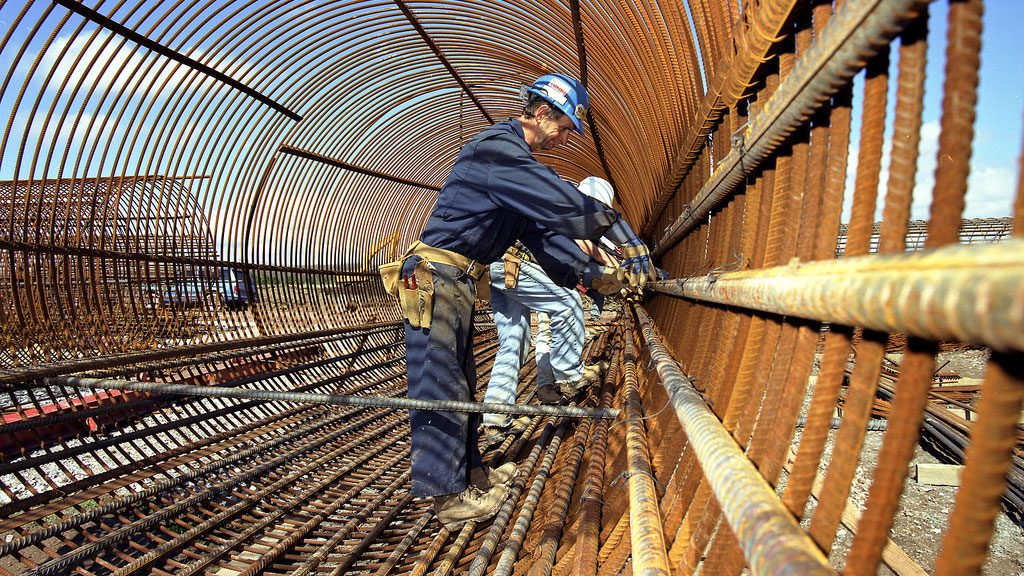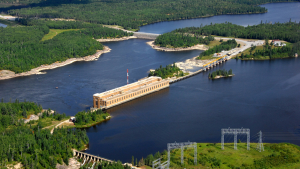Canadian contractors and stakeholders are pulling out all stops exploring potential immigration strategies as they attempt to deal with what is being referred to as a construction workforce “crisis.”
Last week as panellists at the Canadian Construction Association (CCA) conference discussed the dimensions of the problem, representatives of the Nova Scotia construction sector were travelling to Amman, Jordan to sign up workers at the Global Refugee Labour Mobility Summit.
CCA panellist Patrick McManus, executive director of the Ontario Sewer and Watermain Construction Association (OSWCA), commented after the CCA panel session on immigration that organizations like his are not only acting as advocates within the system but they are also developing their own pilot programs.
One example of an association immigration placement program is TradesCan, developed by the Construction Association of PEI and adapted by OSWCA.
McManus told CCA delegates the workforce shortage is now the number-one problem confronting the construction sector, and said immigration is seen by many as a priority solution.
“It has very quickly gone from a situation of a labour supply shortage, which is a problem, to a labour supply shortage, which is in crisis,” said McManus. “I think across the country, it’s become the most important issue that associations and their member companies are dealing with.”
The CCA session featured two panellists, McManus and Soo Lee, Manitoba-based project manager with Marwest Construction, who were interviewed by Graham Construction and Engineering executive Trevor Doucette.
Despite some successes in advancing immigration policy on both the federal and provincial fronts, McManus said, immigration remains a political football.
“It is always going to be steeped in politics when frankly it should be a non-partisan issue. We have targets to immigrate 500,000 new people a year very shortly in the country, but the how and the who becomes a very real political hot potato,” he said.
The construction workforce needs to grow 10 per cent over the next decade but within existing immigration streams, construction is not receiving its fair share of newcomers, McManus said. Data from BuildForce Canada points out immigrants represent about 27 per cent of Canada’s national labour force but they’re only 18 per cent of the construction workforce.
“If you ask us in industry, we know what we need, we need people and we know what skills that we actually need. But what we need in Ontario is different from what you need in Manitoba, or B.C. or Newfoundland.
“So the decision seems quite obvious. Give the provinces more control over candidate selection and who they’re bringing in.”
Federal rules prioritize immigrants with high levels of education but that does not meet construction’s needs, McManus said.
“In Ontario we need workers who can build core public infrastructure, sewers, watermains, roads, highways, transit, as well as houses. This is where our construction priorities are right now. And this is where they’re going to be for the next 10 years.
“But the current immigration policies and priorities largely screen out the workers that we need to build that type of construction.”
Newcomers given priority through the first levels of the National Occupation Classification, often with university degrees, are not workers construction needs, Lee said.
Lee said both the main federal stream, Express Entry, and the provincial stream, the Provincial Nominee Program, are major pinch points with excessively slow processing.
“I think the provinces need to work together with the federals to say, ‘Hey, we need you guys to get more manpower or speed up the processing time,’” said Lee.
There are both long-term and short-term fixes available, McManus and Lee said. Changing the scoring system to welcome more labourers is an example of a small fix that could pay big dividends.
So would reducing the language proficiency requirements for construction, said McManus.
“Right now it’s set at a Canadian language benchmark level five — push it down to a level four.”
He added, “In some respects, we need to wind the clock back to how we did immigration for construction to the 1960s and ‘70s and ‘80s.”
Adding a construction-specific stream to the Temporary Foreign Worker Program and building in a straightforward pathway to permanent residency after successful TFWP work terms are also recommended reforms. In addition, Lee said, the TFWP paperwork is unnecessarily complex.
The costs to participating in the TFWP are prohibitive in the minds of some contractors but that has to change, McManus said.
“There needs to be a great education process on this, about what the expectations are for companies that want to participate in this type of program,” he said. “That’s also a missing link right now.”
Follow the author on Twitter @DonWall_DCN











Recent Comments
comments for this post are closed